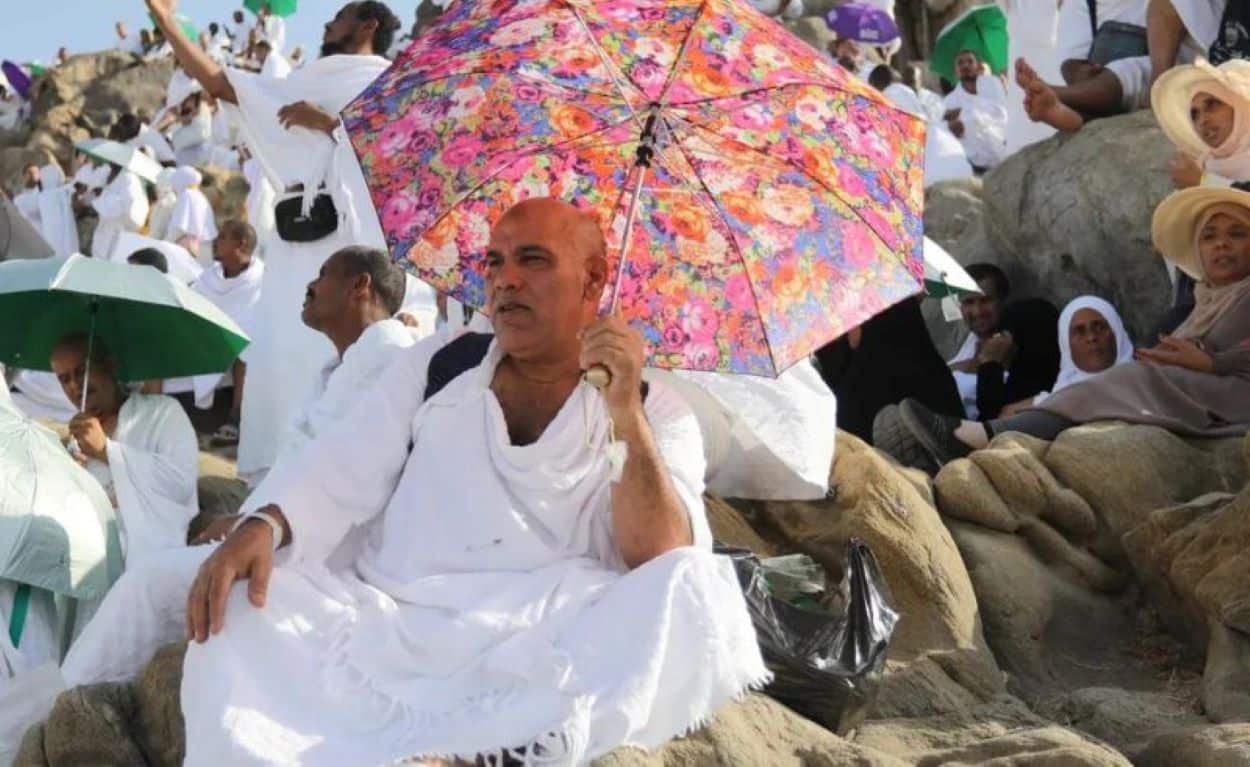In Mina, Saudi Arabia, the culmination of the Hajj pilgrimage was marked by the “stoning of the devil” ritual, aligning with the celebration of Eid al-Adha.
The final major Hajj ritual, conducted at dawn on Sunday, drew 1.8 million participants. During this ritual, pilgrims threw seven stones at the Mina Valley’s three concrete walls, symbolizing the devil.
The act commemorates Prophet Abraham’s defiance of Satan, who tried to dissuade him from following God’s command to sacrifice his son. Historically, this ritual has seen tragic incidents, including stampedes, the most devastating of which occurred in 2015, claiming the lives of up to 2,300 worshippers. Since then, significant improvements have been made to the site to manage the movement of the large crowds better.
The night before, pilgrims gathered stones and slept outdoors in Muzdalifah, between Mina and Arafat. They spent the previous day in prayer at Arafat, enduring temperatures that soared to 46 degrees Celsius (114.8 degrees Fahrenheit). Despite the challenging conditions, the pilgrims persevered, valuing this unique opportunity to engage in such a significant spiritual experience.
This year’s Hajj saw a similar turnout to the previous year, with approximately 1.6 million of the 1.8 million pilgrims coming from abroad. The stoning coincides with Eid al-Adha, which commemorates Abraham’s willingness to sacrifice his son, an act halted by God’s provision of a sheep as an alternative sacrifice. During this feast, worshippers traditionally slaughter a sheep, sharing part of the meat with those in need.
However, this year’s festivities were overshadowed by ongoing conflicts in the Gaza Strip, casting a sombre mood over the celebrations. Many pilgrims, including a Syrian resident named Intissar, expressed deep sadness for the Palestinians and dedicated prayers for their plight.






